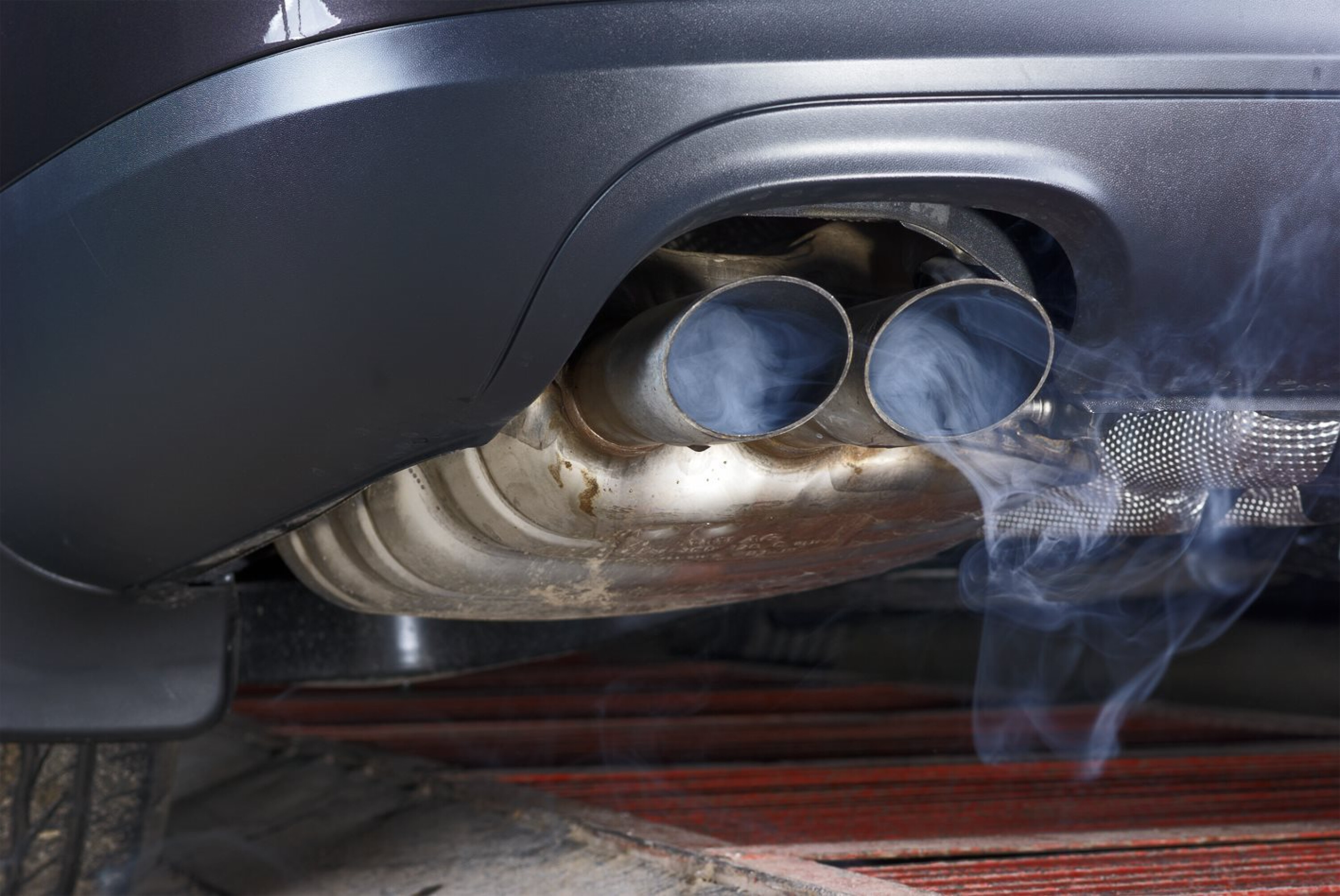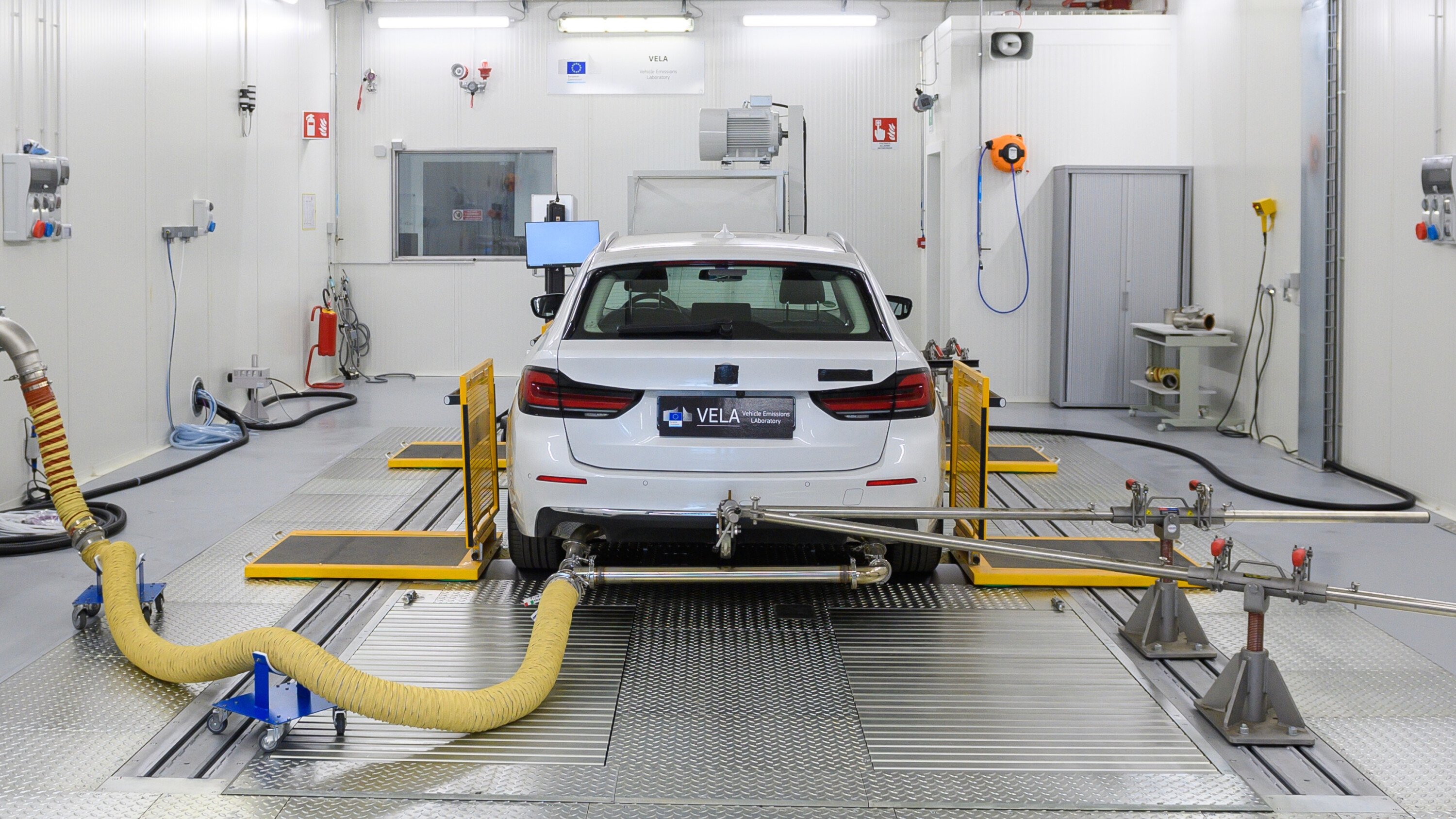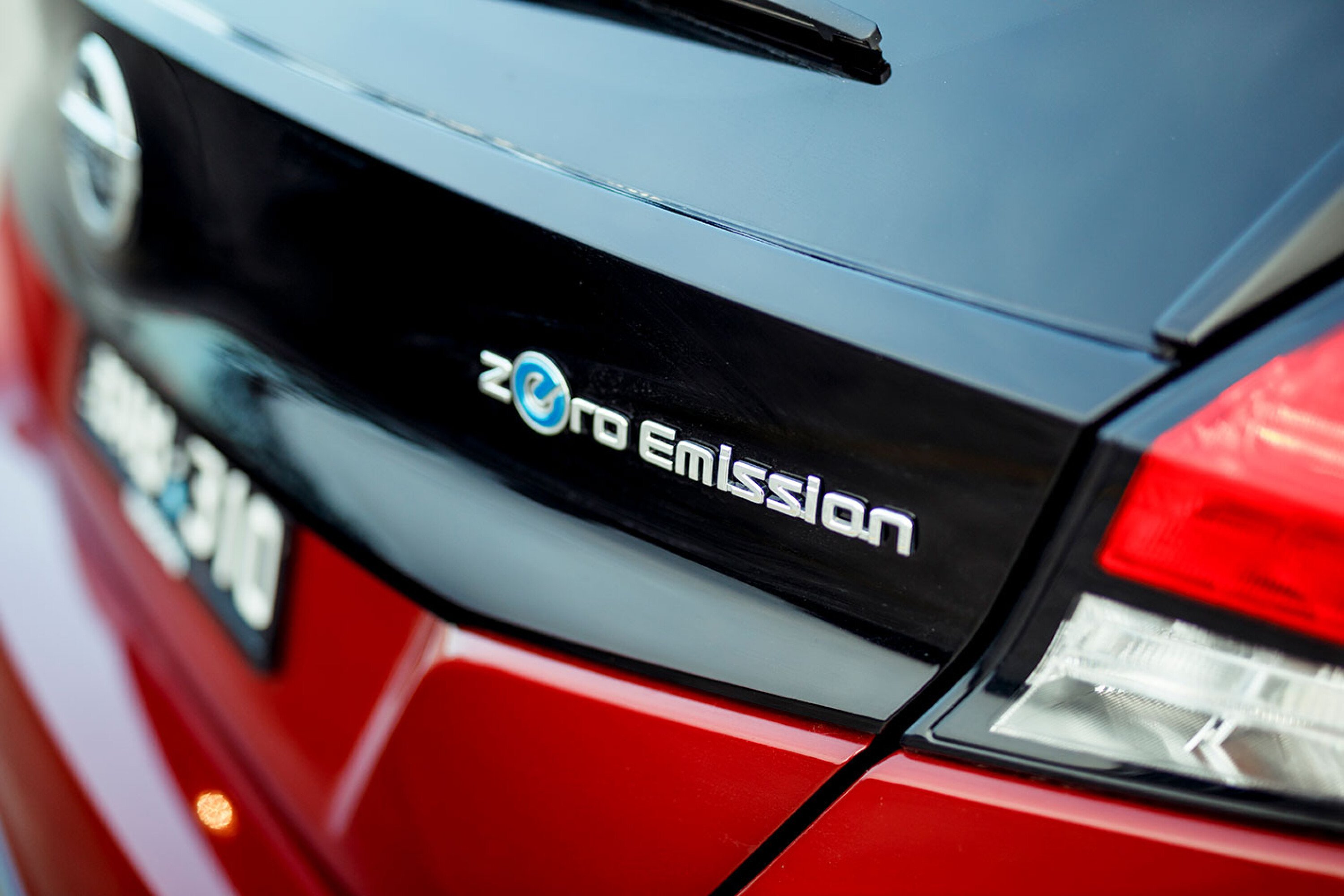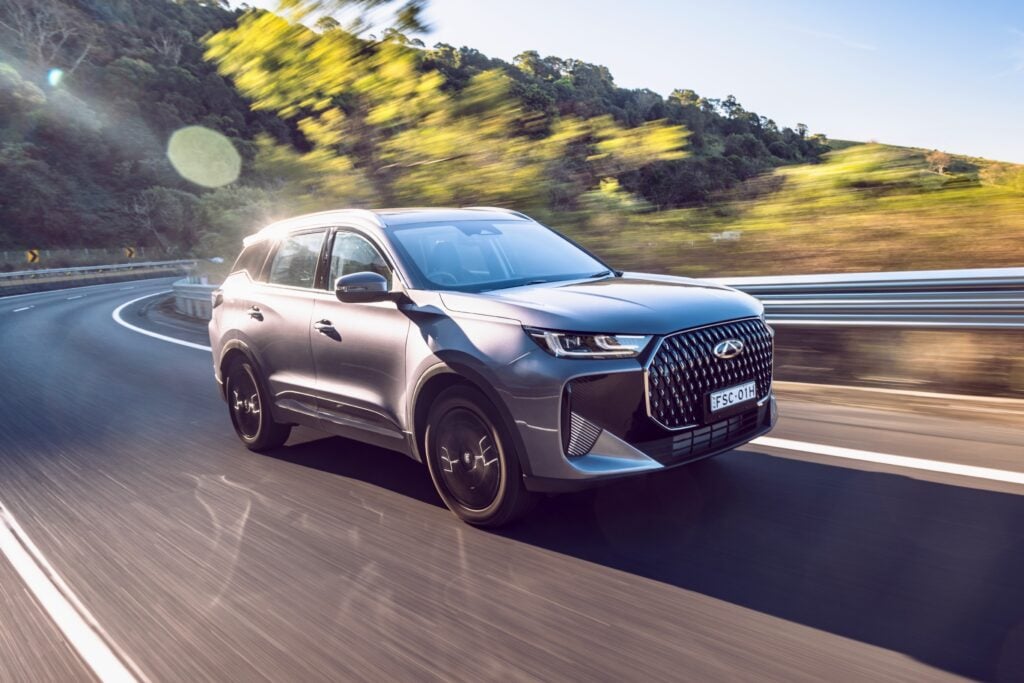
Australia is unusual among developed countries in that cars sold here are not required to meet any level of fuel efficiency, strict or otherwise.
The Federal Government has proposed to introduce new legislation under the name New Vehicle Efficiency Standard, and recently published its assessment of various NVES proposals – titled Cleaner, Cheaper to Run Cars: The Australian New Vehicle Efficiency Standard Consultation Impact Analysis.
The Analysis presents the costs and benefits of different options for developing the NVES, and identifying a preferred policy. It addresses some of the key questions being asked about the NVES, likely to be introduced on January 1, 2025.
The NVES will regulate vehicle exhaust emissions rather than fuel consumption. Three emission limit scenarios (A, B and C) have been modelled, and each model regulates “Passenger” and “Light Commercial” (LC) vehicles to different standards – some SUVs, for example, are included in the LC category.

The Albanese Government is proposing that of the timelines outlined below, Option B is preferable.
Year-by-year NVES emissions, total CO2 reduction, and average annual CO2 reduction for options A, B and C are shown in the tables below.
Option A
The required decrease in passenger vehicle emissions from 2025 to 2026 for Option A is small, then ramps up from 2026 to 2029.
LC emissions do the opposite, with the rate of required reductions highest initially and then slowing from 2026 to 2029.
| Year | Passenger (g/km) | Light Commercial (g/km) |
|---|---|---|
| 2025 | 141 | 199 |
| 2026 | 137 | 190 |
| 2027 | 127 | 183 |
| 2028 | 115 | 176 |
| 2029 | 99 | 172 |
| Total CO2 reduction | 34% | 14% |
| Average annualu00a0 CO2 reduction | 6.8% | 3.8% |
Option B
Option B’s 2026-2028 passenger and LC emissions reductions are much greater than for Option A.
This approach is intended to catch up with the United States’ NVES by 2028, resulting in far lower emissions levels at 2029 when compared with Option A.
| Year | Passenger (g/km) | Light Commercial (g/km) |
|---|---|---|
| 2025 | 141 | 199 |
| 2026 | 117 | 164 |
| 2027 | 92 | 129 |
| 2028 | 68 | 94 |
| 2029 | 58 | 81 |
| Total CO2 reduction | 61% | 62% |
| Average annual CO2 reduction | 12.2% | 12.4% |
Option C
Passenger and LC emissions would drop by approximately 25 percent from 2025-2026 under Option C.
This plan would equal the United States’ NVES by 2026 – and then bring forward its 2029-20 targets to 2028-2029, with 2029 emissions approximately 25 percent of 2025 emissions.
| Year | Passenger (g/km) | Light Commercial (g/km) |
|---|---|---|
| 2025 | 141 | 199 |
| 2026 | 103 | 150 |
| 2027 | 66 | 101 |
| 2028 | 51 | 63 |
| 2029 | 34 | 56 |
| Total CO2 reduction | 77% | 74% |
| Average annual CO2 reduction | 15.5% | 14.7% |
Climate Council throws support behind the New Vehicle Emissions Standard
The Climate Council said it welcomes the proposed NVES.
“The announcement gets us off the starter’s grid and on the road to cheaper, cleaner transport,” said CEO Amanda McKenzie. “Many Australians are doing it tough right now, with petrol one of the expenses causing the most financial stress for households.
“At the same time, pollution from inefficient, petrol-guzzling cars is fuelling harmful climate change. By giving Australians a better choice of cleaner, cheaper-to-run cars, a strong fuel efficiency standard will cut household costs and clean up our air.”
What’s so great about the NVES?
New utes, cars and vans will use less fuel per kilometre under the proposed NVES – which, according to the Climate Council’s assessment, will save buyers:
- Around $5710 over the five years of the scheme
- $17,000 over a vehicle’s lifetime
- $108 billion overall, across the Australian economy

The Climate Council cites research estimating that transport pollution in Australia is currently a significant contributor to many thousands of deaths and health conditions.
These include 11,000 premature deaths each year, more than 19,000 admissions to hospital for cardiovascular and respiratory issues, and some 66,000 asthma cases. Reducing vehicle emissions should significantly reduce this harm.
The NVES proposal will require vehicle manufacturers to offer more low- and zero-emissions vehicles in Australia. Currently, the small number of such options relative to Europe means Australians are paying more than they should for such vehicles, according to the Climate Council.
Manufacturers will still be able to sell larger SUVs and utes, but will be more likely to offer “cheaper, and cleaner versions,” the Climate Council says.

Will new cars become more expensive?
“There is no evidence to suggest Australia’s New Vehicle Efficiency Standard will increase vehicle prices,” the Climate Council claims, based on a comparison of the preferred Australian NVES model with similar schemes elsewhere.
As manufacturers are already producing low and zero emissions vehicles, importing more of those vehicles here should not significantly increase prices.
The European and US experiences with emissions regulations indicates that low and zero emissions vehicles may actually become cheaper to purchase, relative to vehicles with higher emissions, once the NVES is in place.




